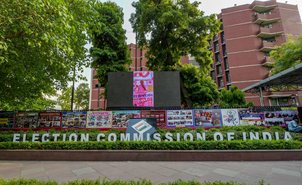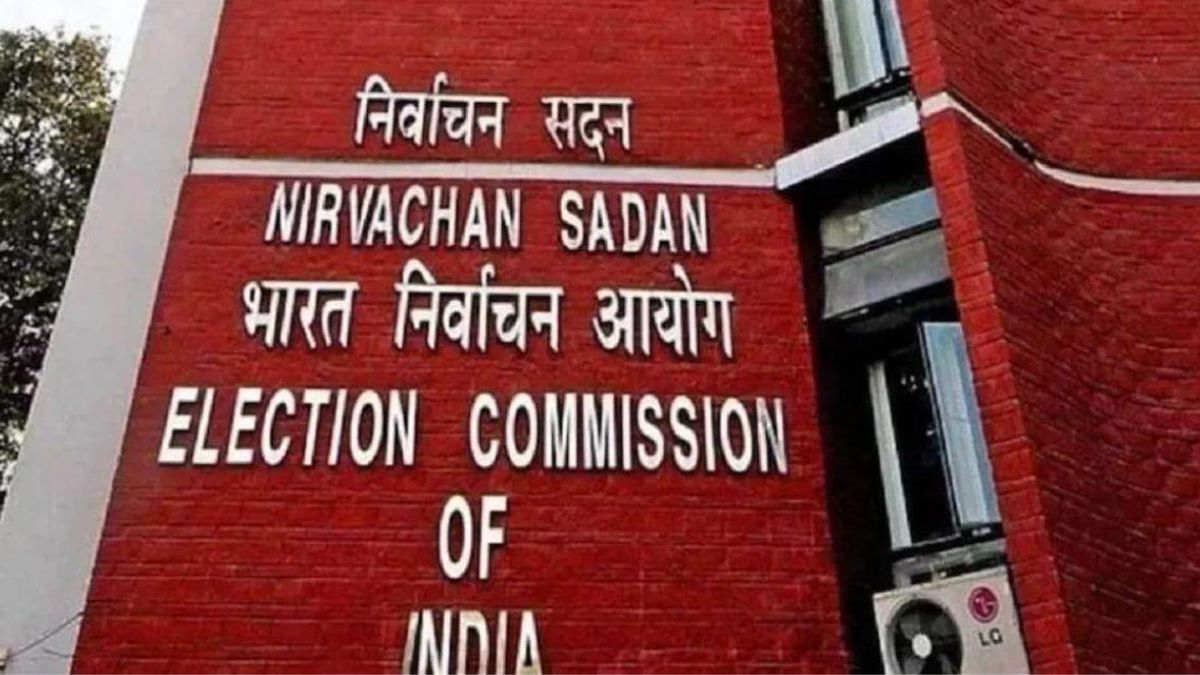New Delhi: If India adopts “one nation one poll” model, any vacancy caused by a collapse of the government — either at the Centre or state — would have to be filled by an alternative government for the remainder of the five-year term, the Election Commission had said.
This can happen either by the opposition proving its majority through a vote of confidence, or by mid-term polls to elect a government for a partial term, the EC had said previously.
Proposing amendments to the Constitution, the EC had said the term of Lok Sabha would normally commence and expire on a particular date (and not on the date on which it completes five years from the date of its first sitting).
To avoid premature dissolution of Lok Sabha, any no-confidence motion against the government should “necessarily include” a further ‘confidence motion’ in favour of a government to be headed by a named individual as the future prime minister and voting should take place for the two motions together, the EC had said while sharing its suggestions on simultaneous polls.
The poll panel had also suggested that in case the dissolution of the House cannot be avoided, then fresh elections can be held if the remainder of the term is long.
In such a case, the term of the House should be for the rest of what would have been the original term.
It had said if the remainder of the term of the Lok Sabha is not long, there could be a provision for the President to carry out the administration of the country on the aid and advice of the Council of Ministers to be appointed by him/her till, the time the next House is constituted at the prescribed time.
It had suggested similar arrangement for state legislative assemblies.
It had said the terms “long” and “not long” should be defined.
The department-related standing committee on law and personnel, which came out with a report on “Feasibility of holding simultaneous elections to the Lok Sabha and State Legislative Assemblies” in December 2015 had cited the suggestions made by the EC on the issue.
“The terms of all State Legislative Assemblies should also normally come to an end on the date on which term of the Lok Sabha is expiring.
“That may also mean, to begin with as one time measure, that the term for the existing Legislative Assemblies will have to be either extended beyond five years or curtailed so that fresh elections can be held simultaneously with Lok Sabha election,” the report of the parliamentary panel had said citing EC’s suggestions.
If no party is able to form a government after elections, and another poll becomes necessary, the term of the House in such case after the fresh election should be only for the remainder of what would have been the original term, the poll panel had suggested.
Similarly, if a government has to resign for some reason and an alternative is not possible, then provision can be considered for a fresh election if the remainder of the term is comparatively longer period and in other cases, rule by the governor or President’s Rule.
The EC said two windows of one-and-a-half months each may be fixed for holding all by-elections that become due in a particular year.
As an alternative, EC said provisions to have all elections, falling due in a year together in a particular period of the year can be considered.
“In this arrangement, the advantage would be that the general elections to various Legislative Assemblies falling due in a year will be held together and not at different periods in the year. In the year in which the Lok Sabha election is due , all the Assembly elections of that year may also be held,” the poll panel said.
The EC also pointed out several difficulties which might be encountered for conducting simultaneous elections. The chief issue highlighted by it was that simultaneous conduct of elections would require large scale purchase of Electronic Voting Machines and Voter Verifiable Paper Audit Trail (VVPAT) machines.
For conducting simultaneous elections, the Commission expects that a total of Rs 9284.15 crore will be needed for procurement of EVMs and VVPATs.
The machines would also be need to be replaced every 15 years which would again entail expenditure. “Further, storing these machines would increase the warehousing cost,” the standing committee said citing EC’s inputs.






